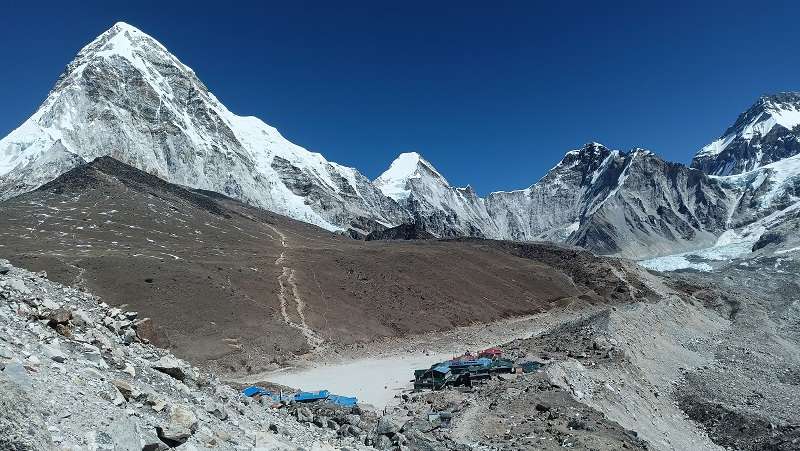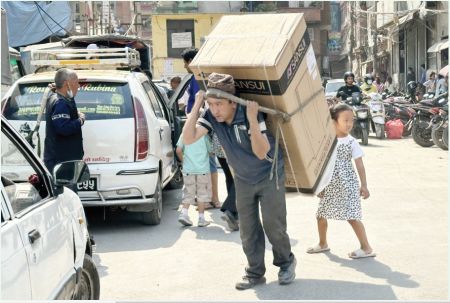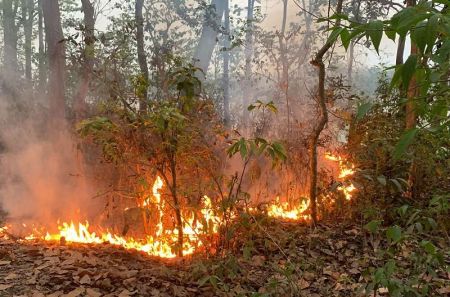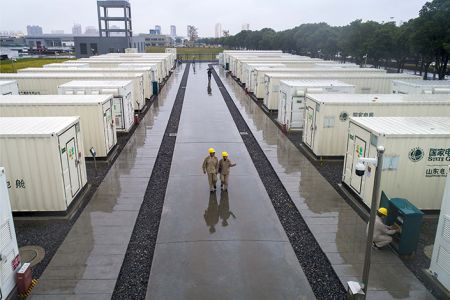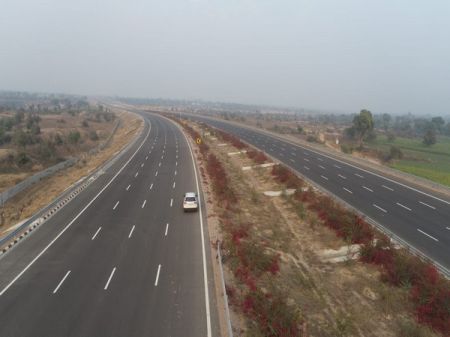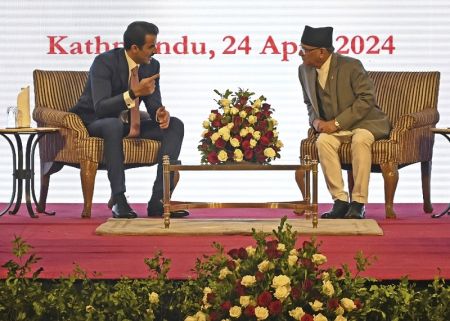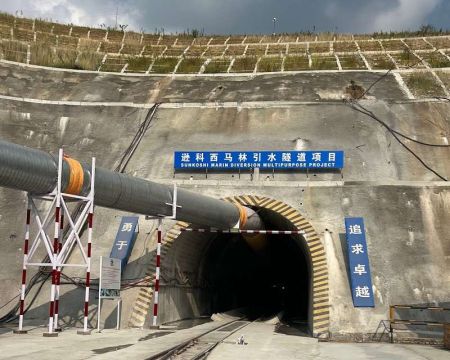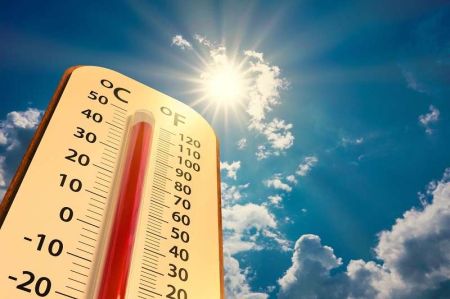March 19: The government has ordered mountaineers aspiring to climb Mt Everest to carry mandatory GPS trackers after one of the deadliest seasons last year when eighteen climbers perished while climbing the world’s highest peak. The Department of Tourism has also made it mandatory for climbers to remove their excrement using compostable bags similar to those used for dog waste.
The move comes amid widespread criticism that Mt Everest is turning into a dumping yard due to lack of proper regulations to manage waste in the mountains of Nepal.
According to AFP, tonnes of rubbish -- including empty cans, bottles and gas canisters, discarded climbing gear, and plastic and human waste -- litter the mountain, which has been dubbed the "highest dumpster in the world".
With around 600 climbers and guides reaching the top in 2023, the local rural municipality of Everest has also introduced a slew of new regulations, including mandatory poo bags to be used above base camp, added the French news agency.
“Poo bags can contain chemicals that help dry and solidify waste, removing the stench, and have been used in other extreme conditions, including in Antarctica and on Denali in the US state of Alaska.”
As far as GPS trackers are concerned, they are already used by many professional climbers, helping people monitor their progress on the peak, which is important for security.
The climbers are expected to require less powerful but smaller passive trackers, which can be easily sewn into a jacket and require no power to function. They can be tracked by a handheld detector around 20 metres (66 feet) through packed snow, and several times that in the air, AFP added.
Enforcing their use will help locate people in case of an accident, AFP reported citing government officials.
"The trackers are mandatory for climbers this year, so that if there is an accident their location can be accurately identified," AFP quoted Rakesh Gurung, director of mountaineering at the Department of Tourism, as saying.
The spring climbing season begins this month and runs till May, when the weather is favourable for climbing Everest.
Nepal is home to eight of the world's highest 14 peaks above 8,000 metres and sees hundreds of adventurer enthusiasts aspiring to climb Everest especially in the spring climbing season, when temperatures are warm and winds are typically calm.
Specialised "icefall doctors" have already set off for Everest, where they will begin setting the climbing route by fixing ropes and ladders.
These highly skilled Sherpas are the first men on the peak every season, building a route across plunging crevasses and constantly shifting ice, including the treacherous Khumbu icefall, AFP added.
Three Nepali climbers perished there last April when a block of glacial ice fell and swept them into a crevasse as they were crossing the icefall on a supply mission.


